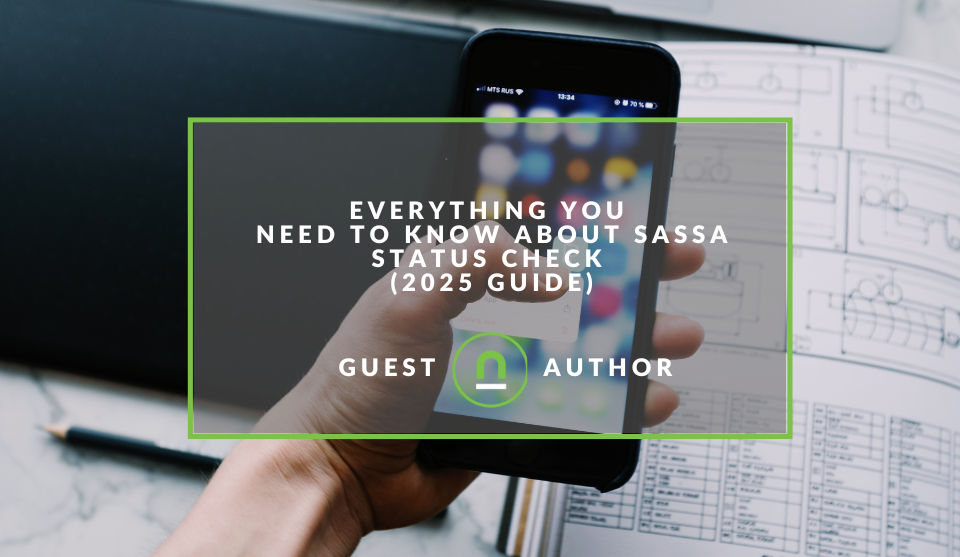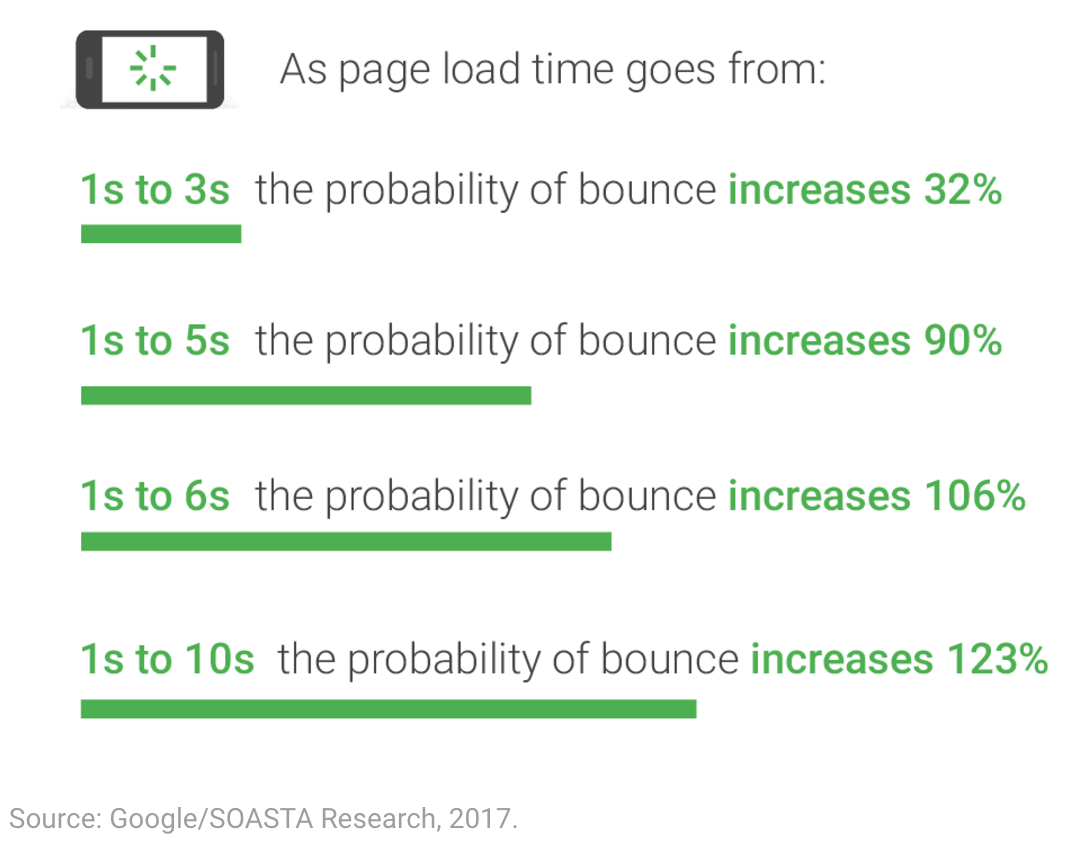Recent posts

Money Talks
Everything You Need to Know About SASSA Status Check
13 April 2025

Mind, Body & Soul
The Genetic Diversity of Cannabis Seeds
12 April 2025

Money Talks
How Small Businesses Can Leverage Blockchain Technology
02 April 2025

Industry Experts
Mastering Personalization in Digital Marketing
31 March 2025
Popular posts
Extravaganza
Trending Music Hashtags To Get Your Posts Noticed
24 August 2018
Geek Chic
How To Fix iPhone/iPad Only Charging In Certain Positions
05 July 2020
Extravaganza
Trending Wedding Hashtags To Get Your Posts Noticed
18 September 2018
Money Talks
How To Find Coupons & Vouchers Online In South Africa
28 March 2019
How Fast Should Your Website Be For Mobile
04 March 2017 | 0 comments | Posted by Che Kohler in nichemarket Advice
Since the introduction of Smartphones that spurred on the insane rise in mobile web surfing, Mobile first has been everyone's go-to buzzword, along with mobile responsive, mobile optimisation and of course mobile friendly. All great words to throw around in a meeting when you have nothing better to talk about our you're being pushed for answers on what tasks you're prioritising or busy with. While you have many ways to approach mobile optimisation, either AMP, mobile site, responsive design or dynamic serving.
However, there is one variable that is a constant and that is page speed, if it doesn't load and renders slowly on a mobile device users are going to bounce and rankings are going to drop. So all this talk about page speed is great but the question everyone has been asking is, how fast is fast enough?
The fast or the furious
According to Google’s latest research, the time it takes to load the average mobile landing page is 22 seconds. However, research also indicates 53% of people will leave a mobile page if it takes longer than 3 seconds to load. Needless to say, the average loading time for mobile pages are not meeting users’ expectations and network providers particular in Africa be it 3G, LTE or WiFI aren't helping South African websites out much, so it's up to website owners to get lean and mean with their mobile optimisation. People want to read an article as soon as it’s clicked on. Shoppers will abandon their cart on an e-commerce site if the website is too slow. Customers expect to be able to quickly pay bills on banking sites. Vacationers want immediate results when looking for reviews — and so on, hence the popularity of native apps as a stop-gap solution (which I personally do not recommend).
 Source: Google/SOASTA research, 2017
Source: Google/SOASTA research, 2017
Time to get real mobile
The reality is, as Google found out, 70% of pages take 7 seconds for the visual content above the fold to load. All visual content above and below the fold took 10 seconds to fully load. This is troubling stat because as page load time goes from 1 second to 7 seconds, the likelihood of a visitor abandoning the page increases 113% Speed doesn’t just affect page views, it affects, your traffic, your conversion rates and ultimately your revenue.
Google’s latest data shows conversions are lower on mobile than they are on the desktop, despite the fact that over half of all web traffic comes from mobile devices. There are not many sites out there that provide a mobile experience that is on par with their desktop experience and it definitely shows in the numbers.
After analysing 900,000 mobile ads’ landing pages spanning 126 countries, Google came to the conclusion that “the majority of mobile sites are slow and bloated with too many elements.”
Common issues for mobile speed restrictions
Google also illustrated how bloated mobile web pages are with further data — 70% of pages analysed were over 1MB, 36% were over 2MB, and 12% were over 4MB. To put that in perspective, 1.49MB takes 7 seconds to load using a fast 3G connection. This has a direct correlation with a drop in conversions. As the number of elements on a page goes from 400 to 6,000, the likelihood of users converting drops by 95%. ”No matter what, faster is better and less is more.”
Advice for site owners
It's obvious that less is more when it comes to mobile and Google says 30% of the pages it analysed could save over 250KB simply by compressing images and text, minifying of javascript and CSS could give you a further boost, shaving off precious seconds that will encourage mobile traffic, page views and of course conversions. To test your sites current mobile performance with a benchmark from Google use the Test My Site tool, which analyses both mobile-friendliness and mobile page speed, then compare it against the latest benchmarks.
For more details about the latest industry benchmarks for mobile page speed, check out the full report here
Contact us
If you want to know more about mobile optimisation for your site don’t be shy we’re happy to assist. Simply contact us here
Tags: google analytics, How to, SEO, Tools, website optimisation
You might also like
How Small Businesses Can Leverage Blockchain Technology
02 April 2025
Posted by Nicholas Tay in Money Talks
Unlock growth with blockchain! Discover how small businesses can use this tech for secure transactions, supply chain transparency and innovative solu...
Read moreEverything You Need to Know About SASSA Status Check
13 April 2025
Posted by Azhar Khanzada in Money Talks
A guide for 2025 for anyone looking to apply for a SASSA grant or would like to keep up to date with the status of your grant from application to red...
Read more{{comment.sUserName}}
{{comment.iDayLastEdit}} day ago
{{comment.iDayLastEdit}} days ago
 {{blogcategory.sCategoryName}}
{{blogcategory.sCategoryName}}
